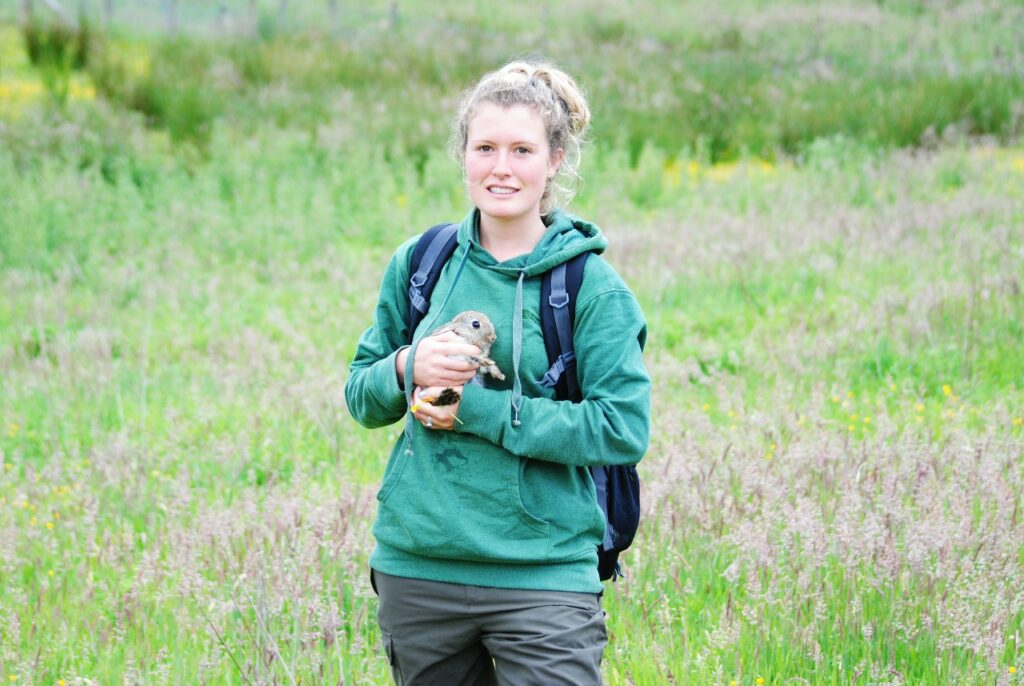
With the Guardian reporting declines in rabbit populations and the importance of intervention in their management, we thought it the ideal time to reflect on how they’re getting on the GWCT Scottish demonstration farm.
Managing a farm can often leave you thinking almost exclusively about what’s going on inside your boundaries, and Auchnerran – our Scottish demonstration farm – is no different. Amongst our many efforts to balance productive farming and thriving biodiversity, one thing has remained – rabbits.
While the Scottish population fell by 83% between 1996 and 2018, the story at Auchnerran is very different. When we started managing the 484-hectare farm in 2015, a professional pest control company undertook a population estimate as part of our baseline monitoring. We knew there was a sizeable population here, but even we didn’t expect the outcome to be a staggering 20,000.
This poses an important question – why are rabbits thriving here?
One key factor is habitat. Before we took the farm on it had been farmed extensively for years, with relatively low sheep numbers, a lack of disturbance and ample grass providing an ideal haven for the lovable lagomorphs. Add in the post-glacial sandy soils from this part of Northeast Scotland and they couldn’t ask for more.
While the Shifting Sands toolkit mentioned in the Guardian advocates building piles of branches to allow rabbits to hide from predators, the rabbits at Auchnerran benefit from a much more traditional form of management.
Our hill-edge farm borders a grouse moor and, as a result, the control of predators such as foxes undertaken by gamekeepers reduces the threat on our rabbits. It’s clear that they like to call Auchnerran home, with large warrens (measuring at least 25 square metres) covering more than 10% of the total farm area.
While showcasing how good local management can buck national population declines is a key tenet of GWCT’s Working Conservation approach, this many rabbits does cause issues with the other intentions of the farm. The vast number of rabbits grazing on the farm have made establishing new cover crops and hedges a real challenge. Furthermore, they eat and potentially spoil a large volume of grass, making it unavailable to sheep and limiting stocking densities.
We have made efforts to manage the impact of this rabbit population, including some night-time shooting, adding drop-boxes to fencelines and the introduction of rabbit fencing in order to allow new planting to thrive. Nature does not exist in isolation, so we will undertake careful monitoring to see if any reduction in rabbit numbers impacts the predatory species on the farm, such as buzzards and pine martens, and whether we see higher predation rates on other species as a result.
